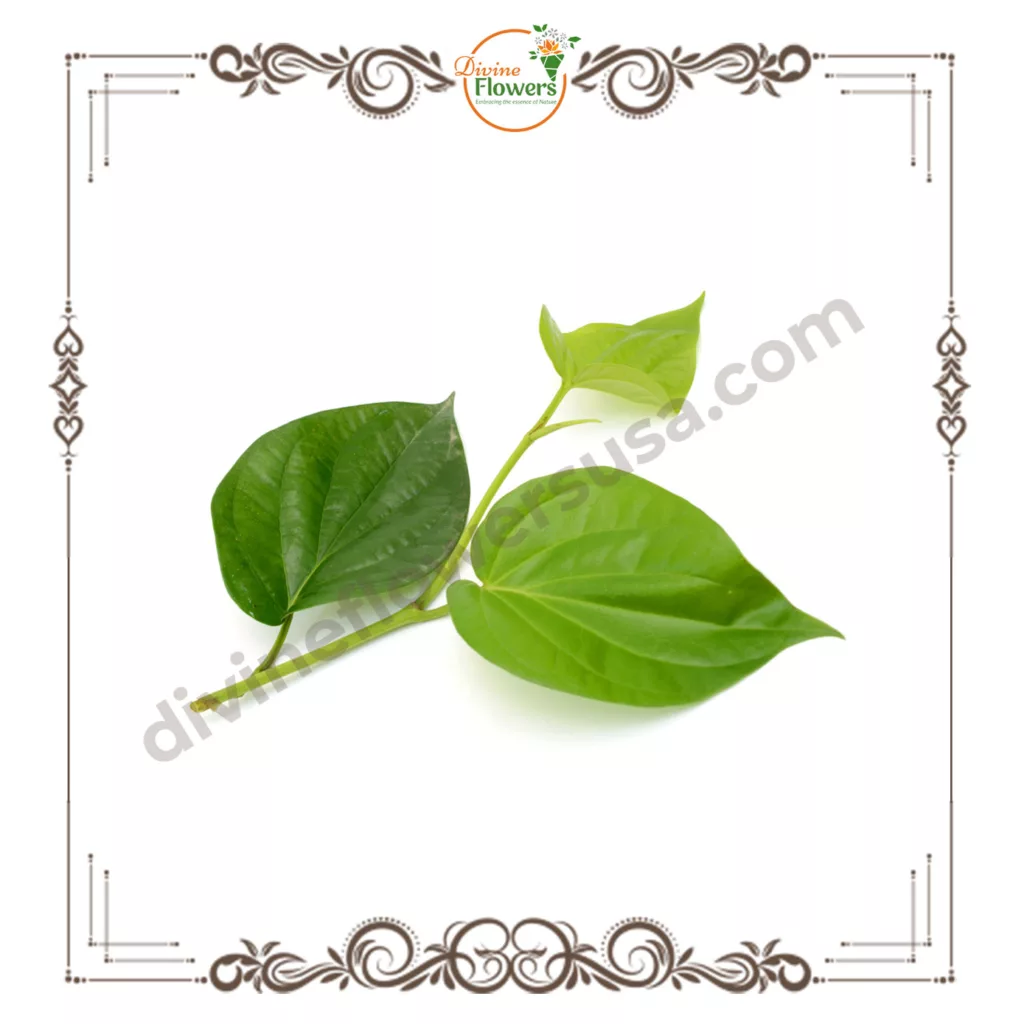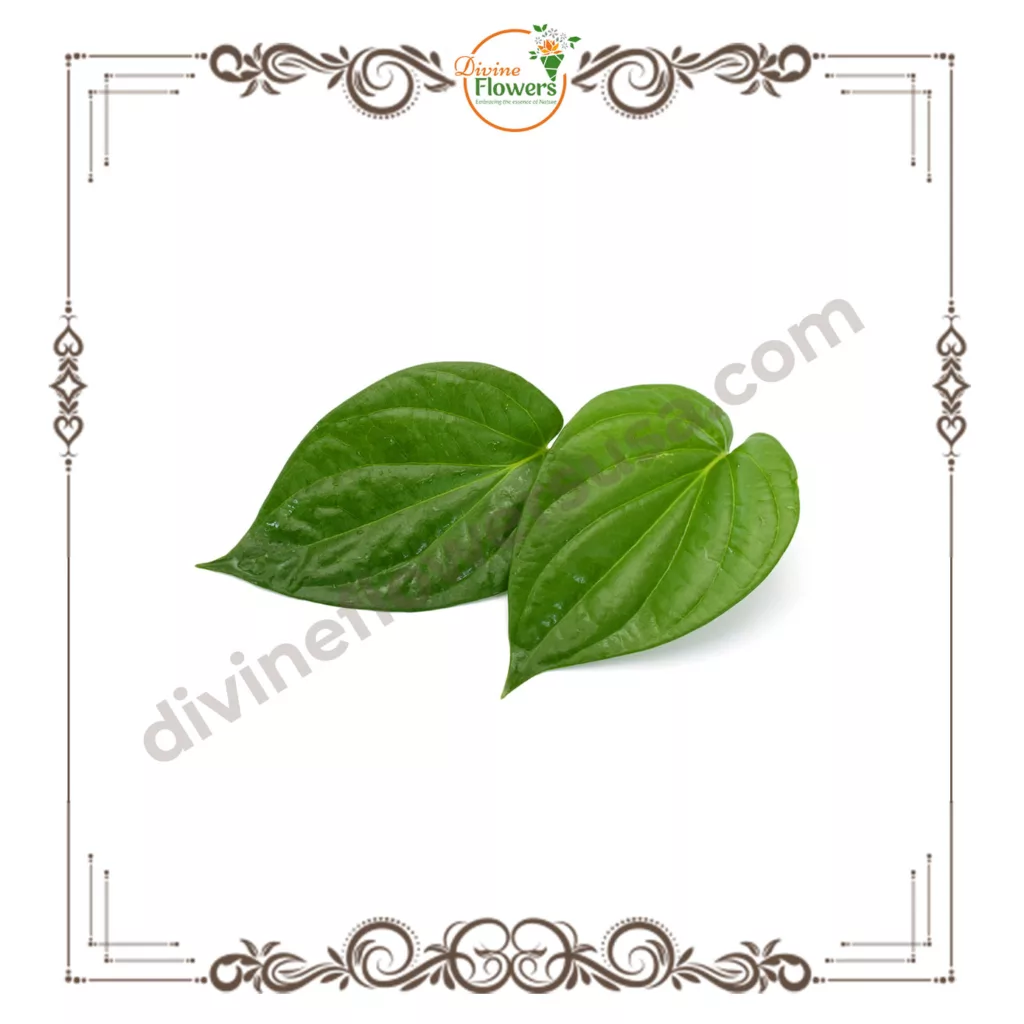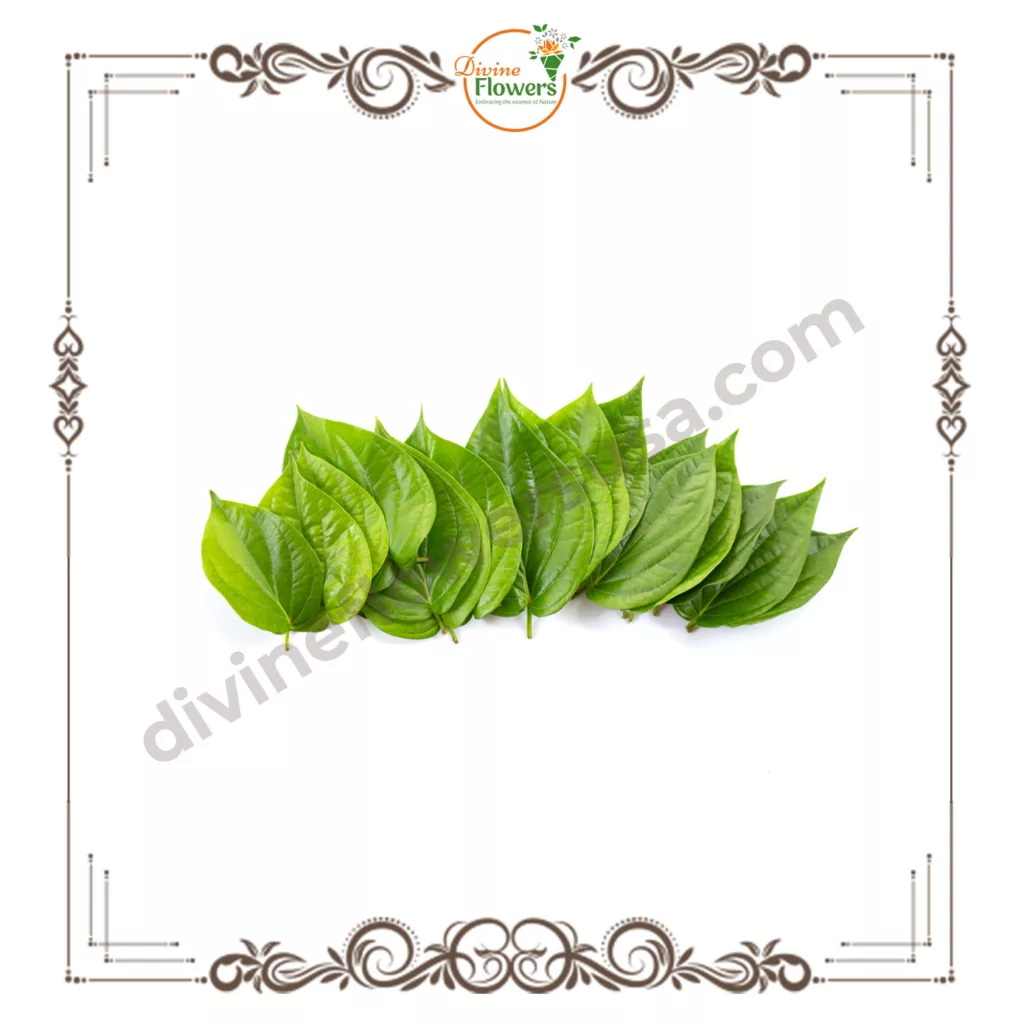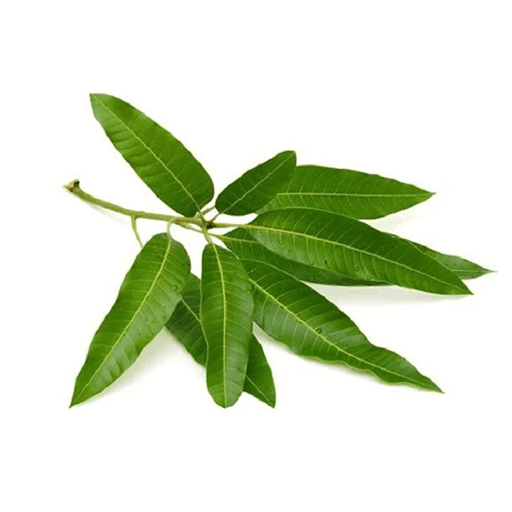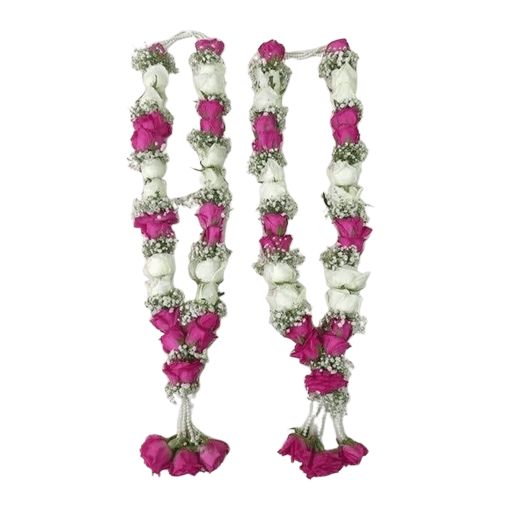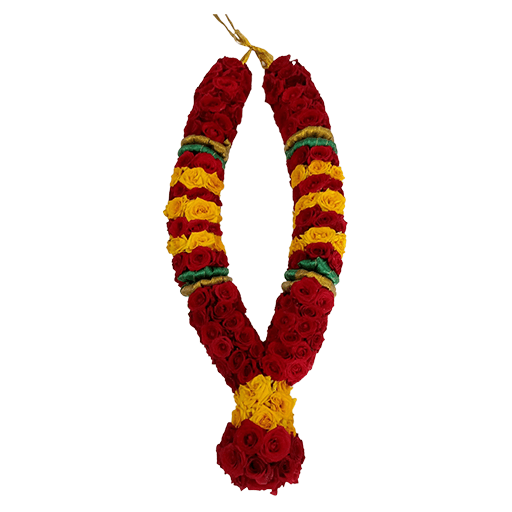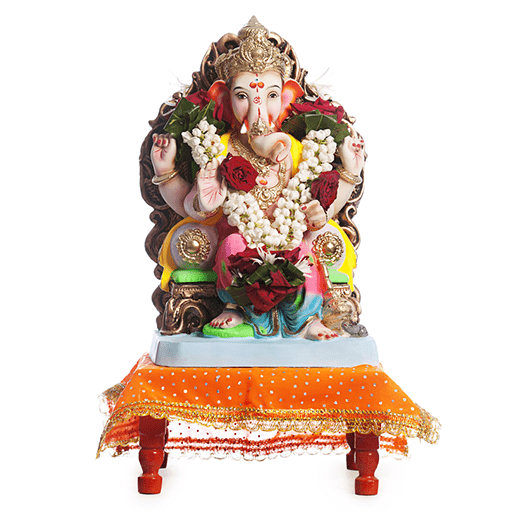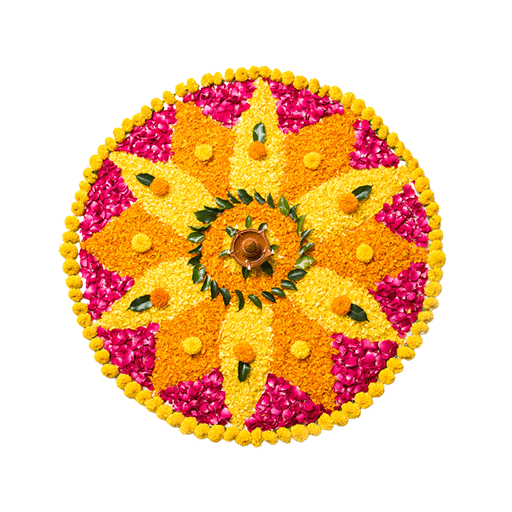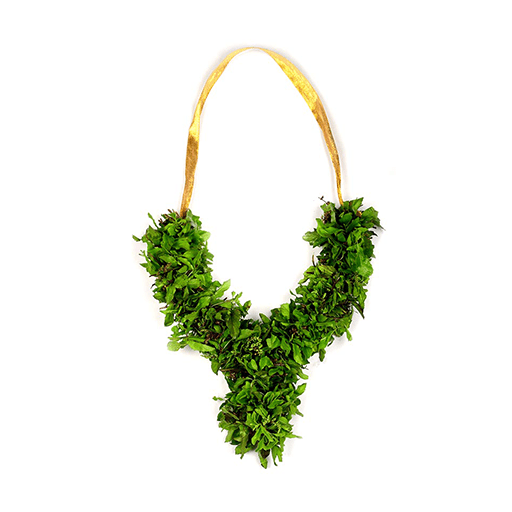Thaipusam
It takes two flints to make a fire
Get Franchise
Flowers, Garlands and Leaves: Weaving Devotion in Thaipusam
Thaipusam, the vibrant Hindu festival celebrated in January or February, pulsates with devotion, sacrifice, and vibrant colors. Amidst the rhythmic chants and piercing kavadi, flowers, garlands, and leaves play a crucial role in embellishing the festivities and symbolizing deeper spiritual meanings. Let’s delve into the fragrant world of Thaipoosam’s floral tapestry:
Jasmine String (Malligai Maalai):
The delicate jasmine, with its intoxicating aroma and pure white blossoms, embodies divine blessings, purity, and auspiciousness. Jasmine garlands adorn deities, kavadis, and devotees, their fragrance filling the air with a sense of sanctity.
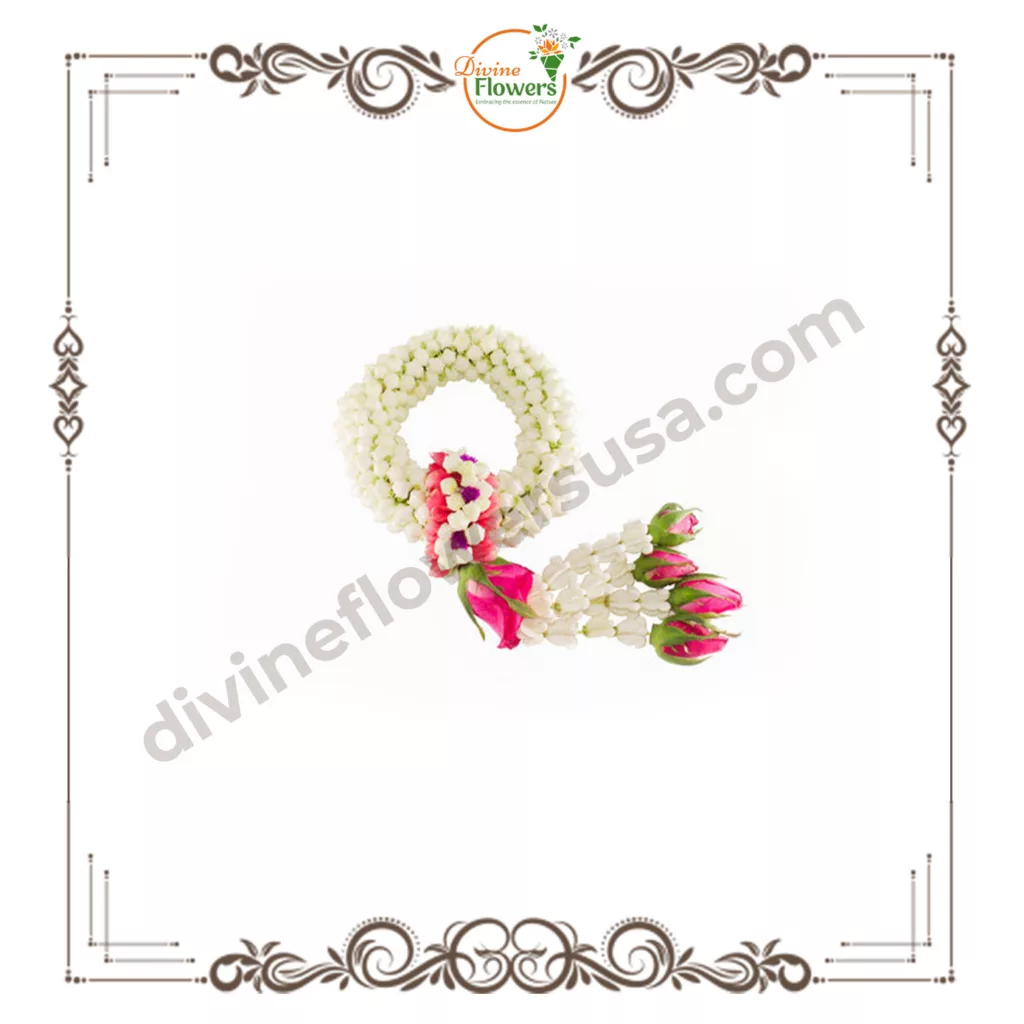
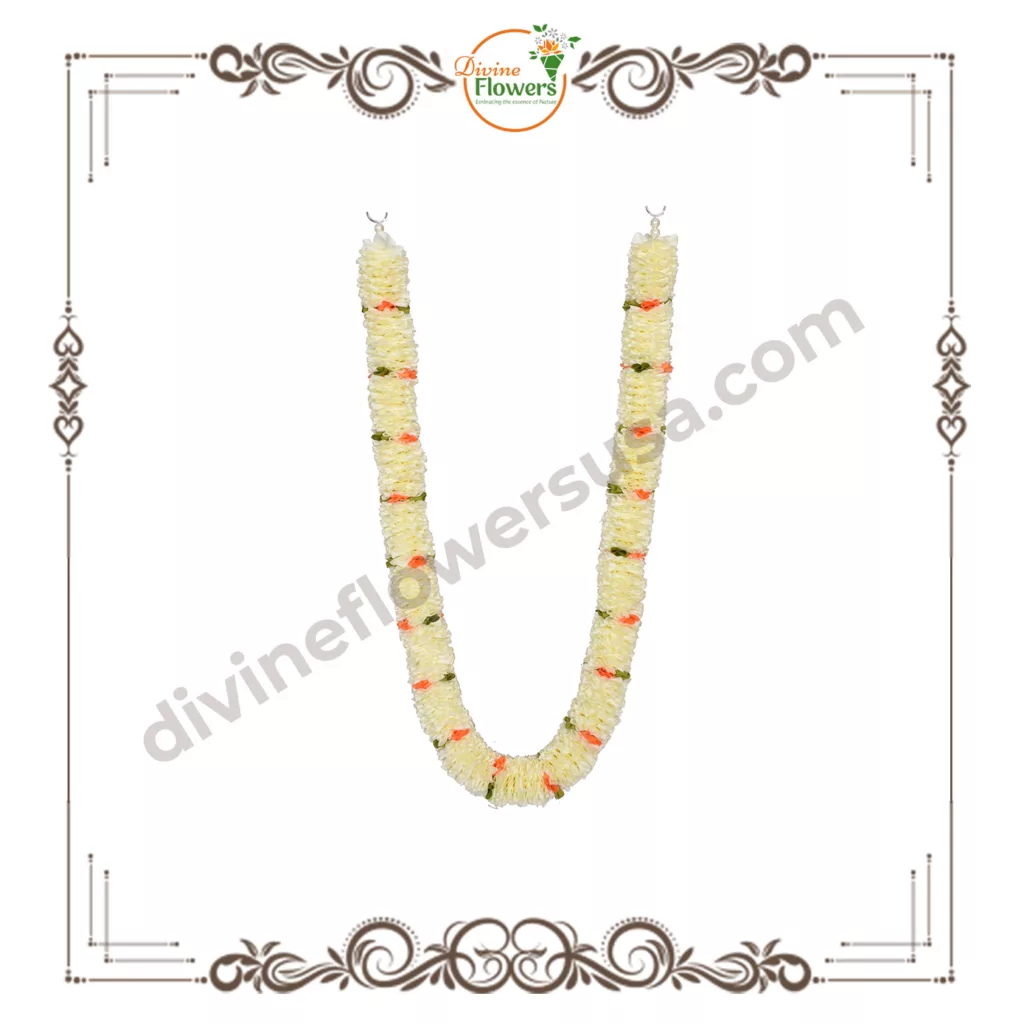
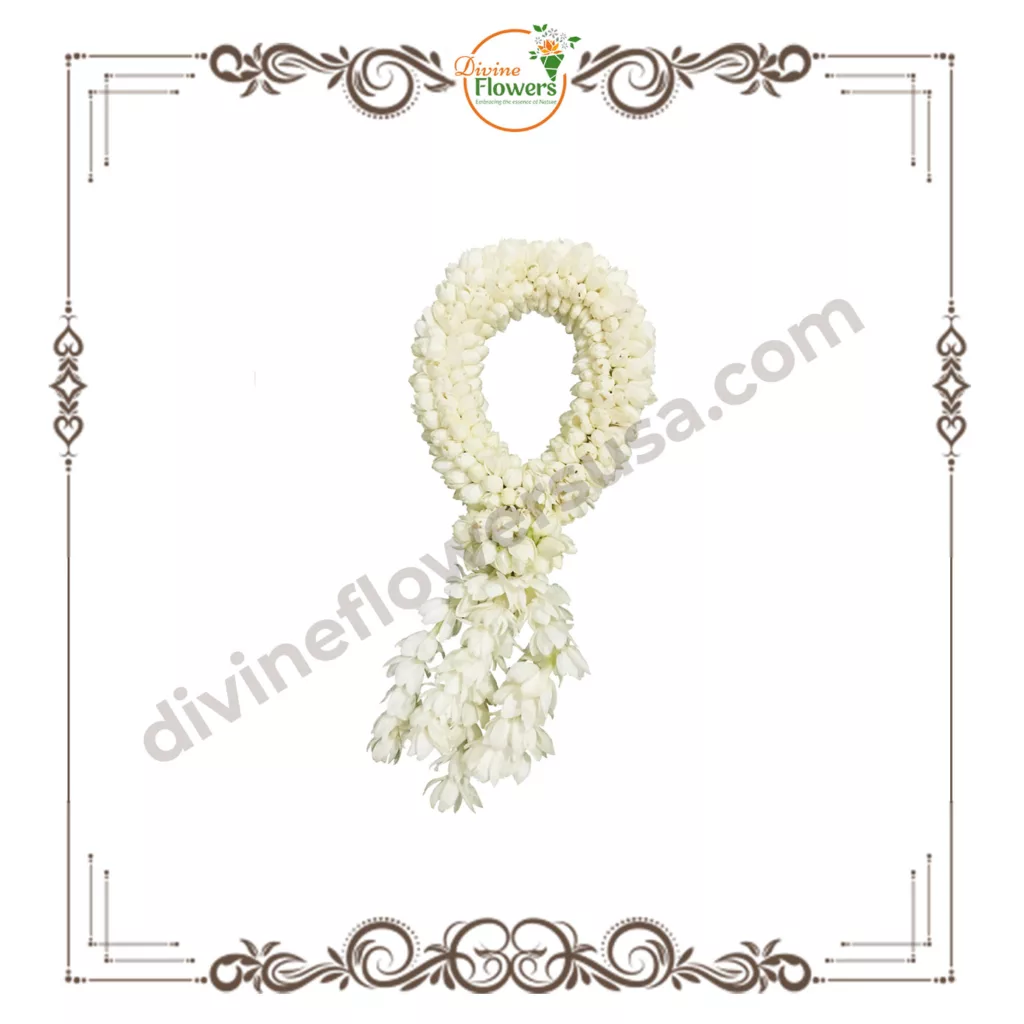
Mullai String (Mullai Maalai):
Similar to jasmine, the star jasmine (mullai) exudes a sweet, calming fragrance. Its clusters of tiny white flowers symbolize new beginnings, prosperity, and good luck. Mullai strings are often used to decorate homes, kavadis, and offerings, welcoming positive energies.

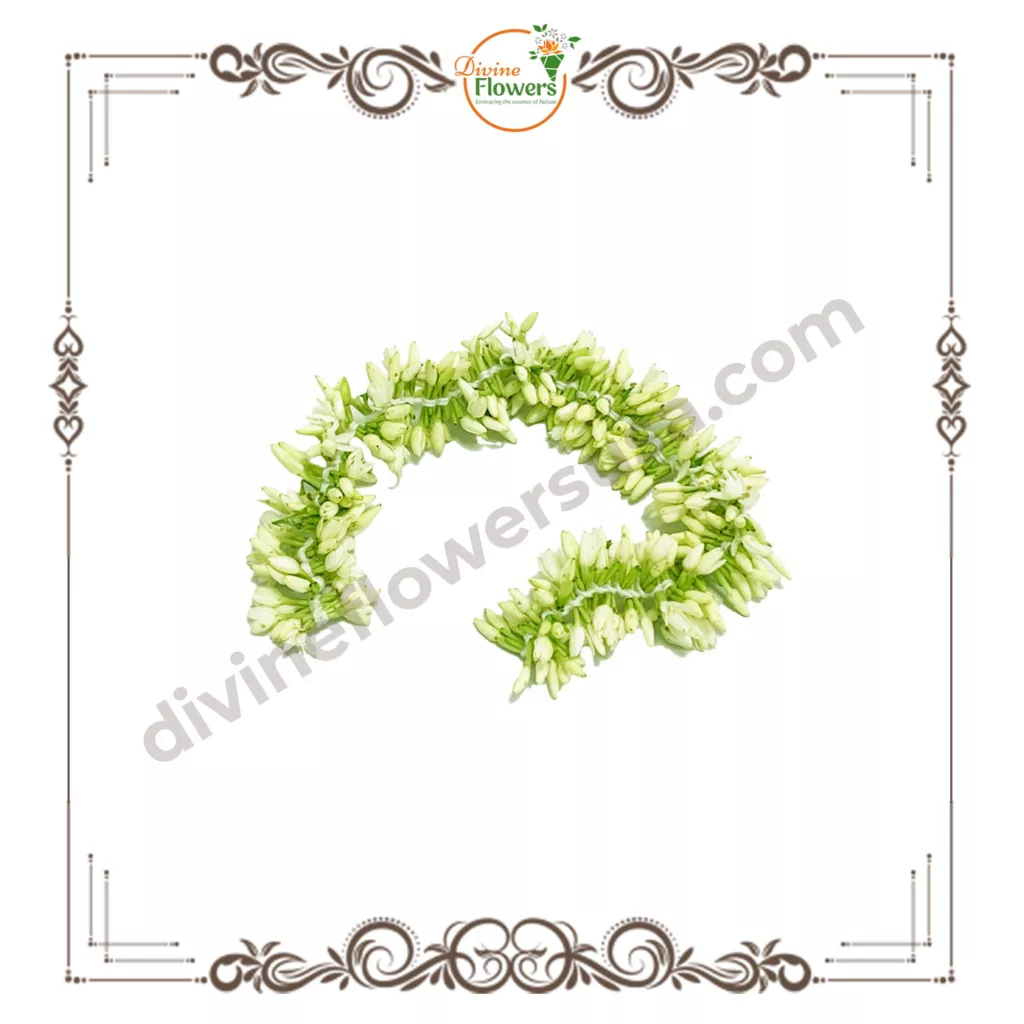
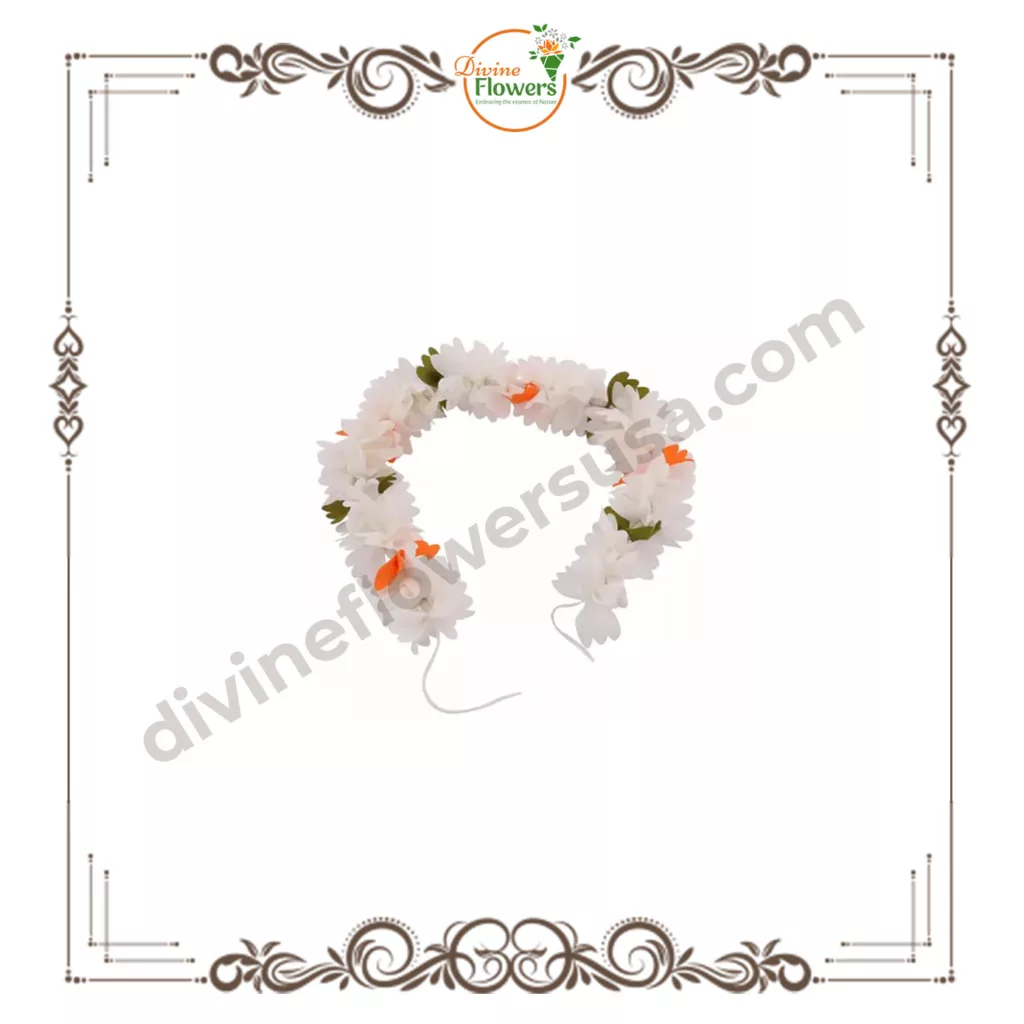
Lotus:
The resplendent lotus, emerging from muddy waters with pristine beauty, symbolizes spiritual enlightenment, purity, and inner strength. Devotees offer lotus flowers to deities, representing the pursuit of spiritual perfection amidst life’s challenges.
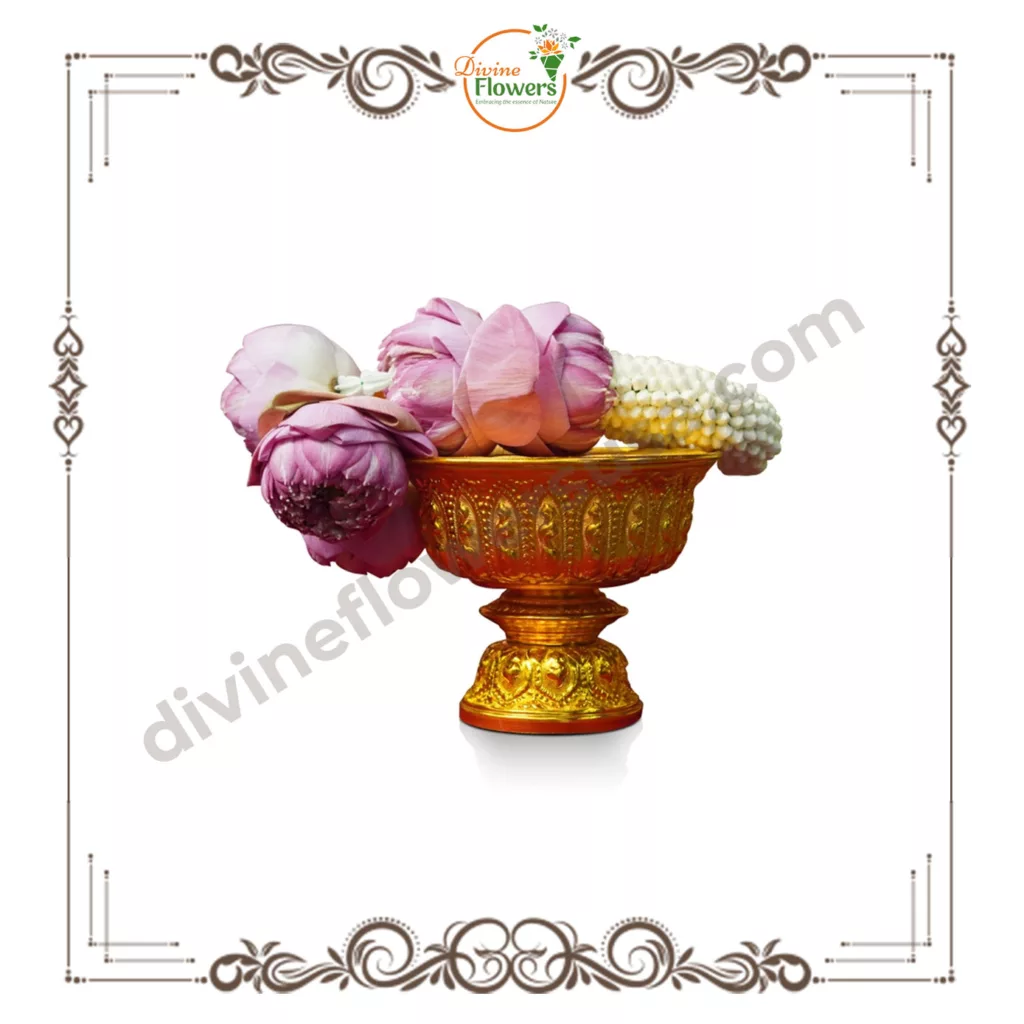
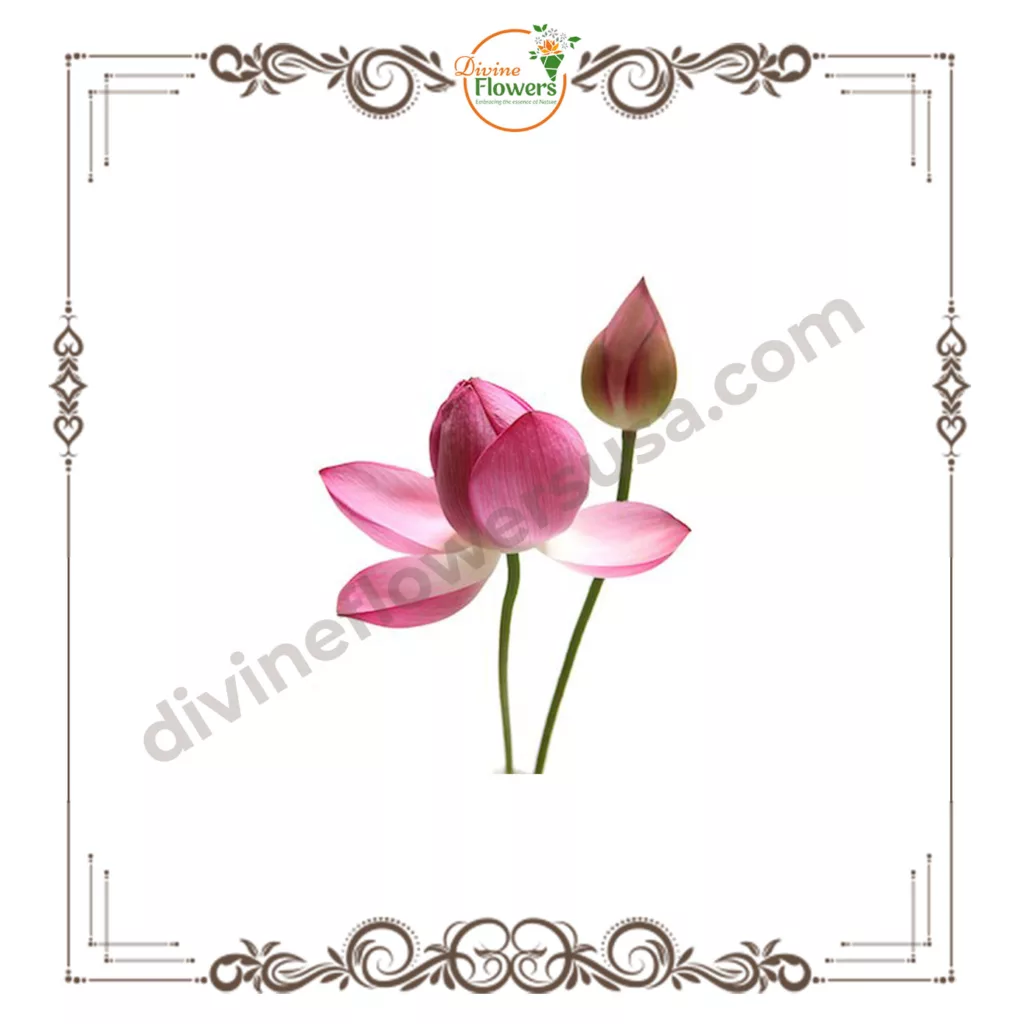
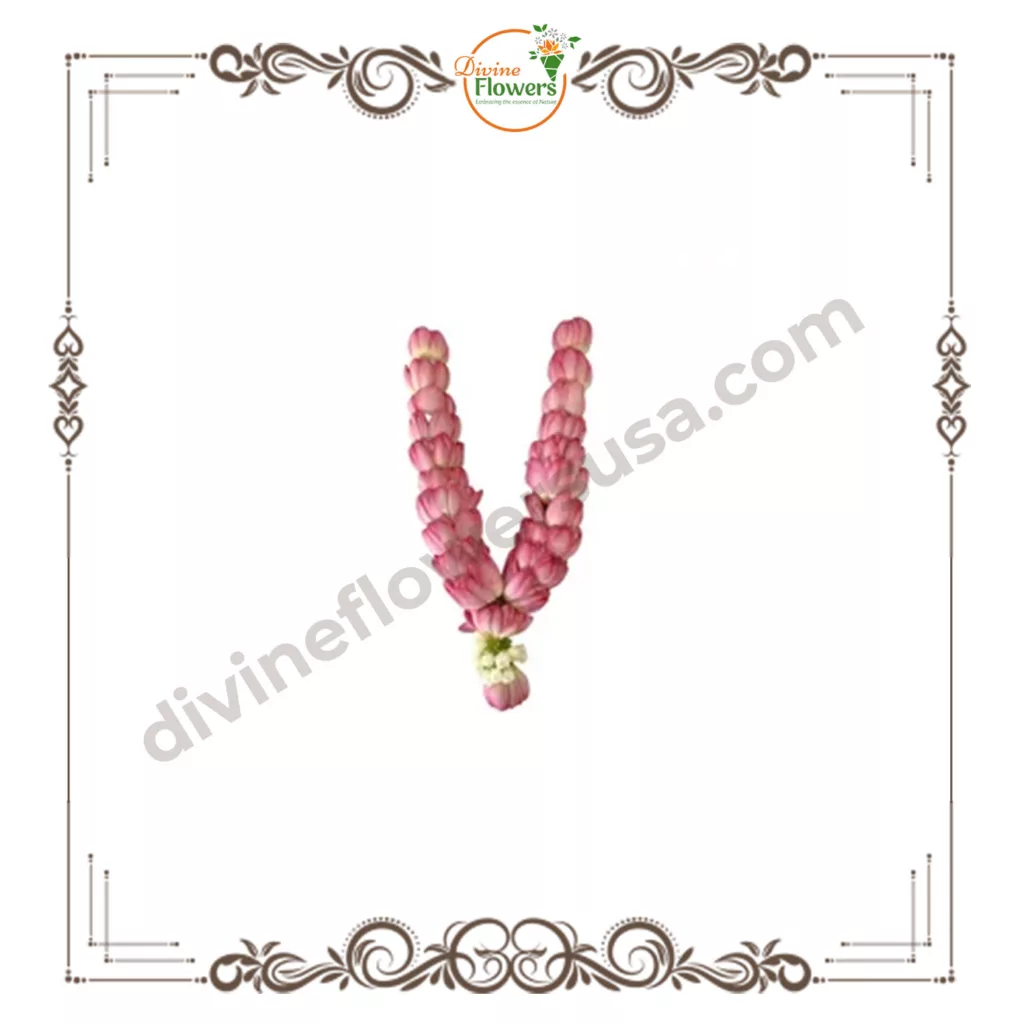
Banana Leaves:
Humble yet versatile, banana leaves serve as an eco-friendly alternative to plastic plates and bowls during Thaipusam feasts. They symbolize abundance, nourishment, and earth’s bounty. Devotees use banana leaves to offer food to deities and fellow devotees, fostering a sense of community and sharing.
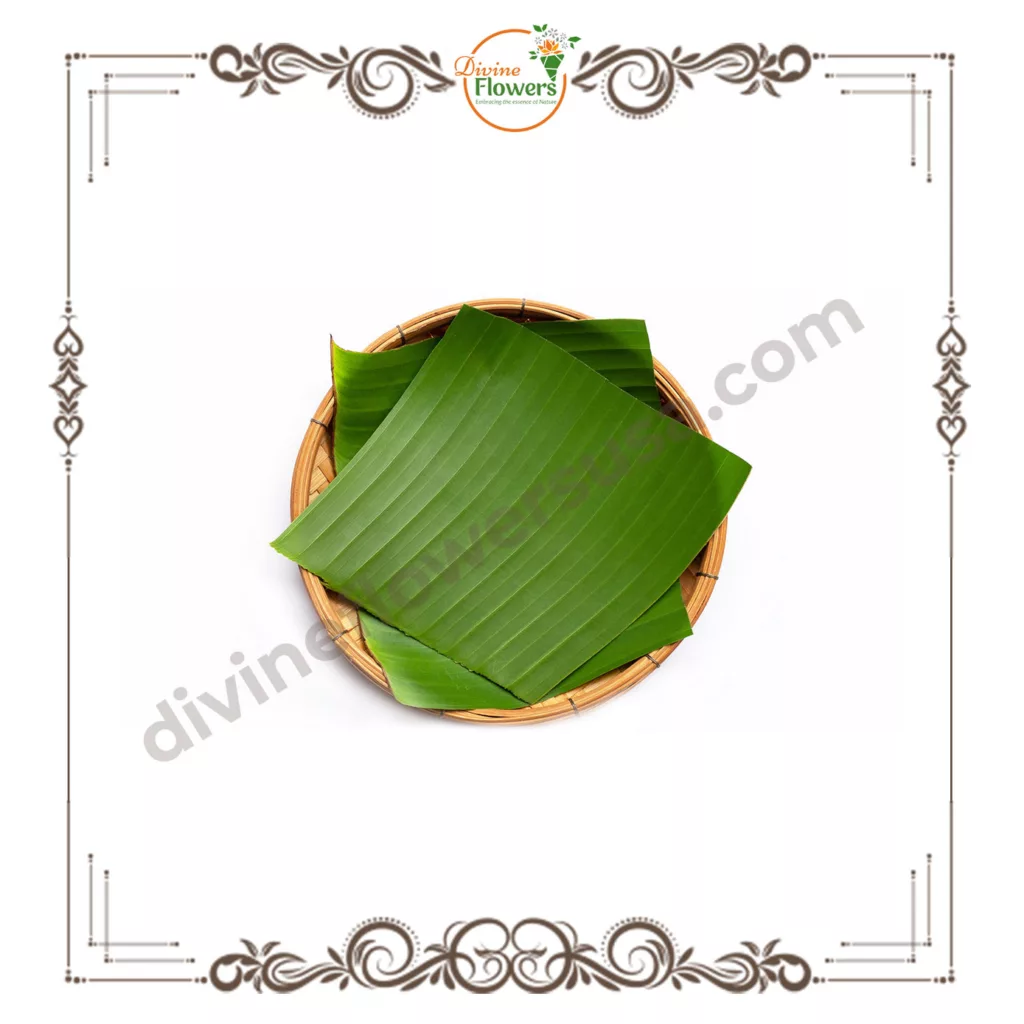
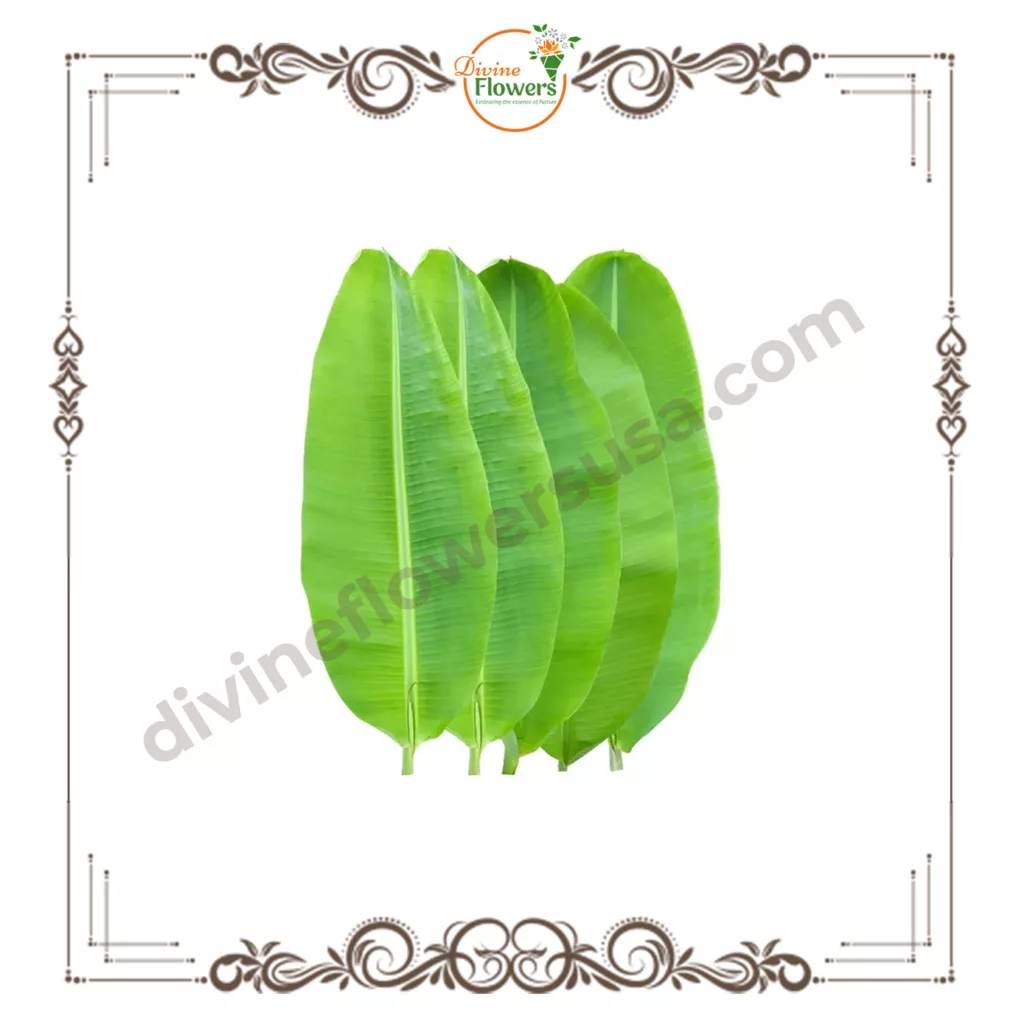
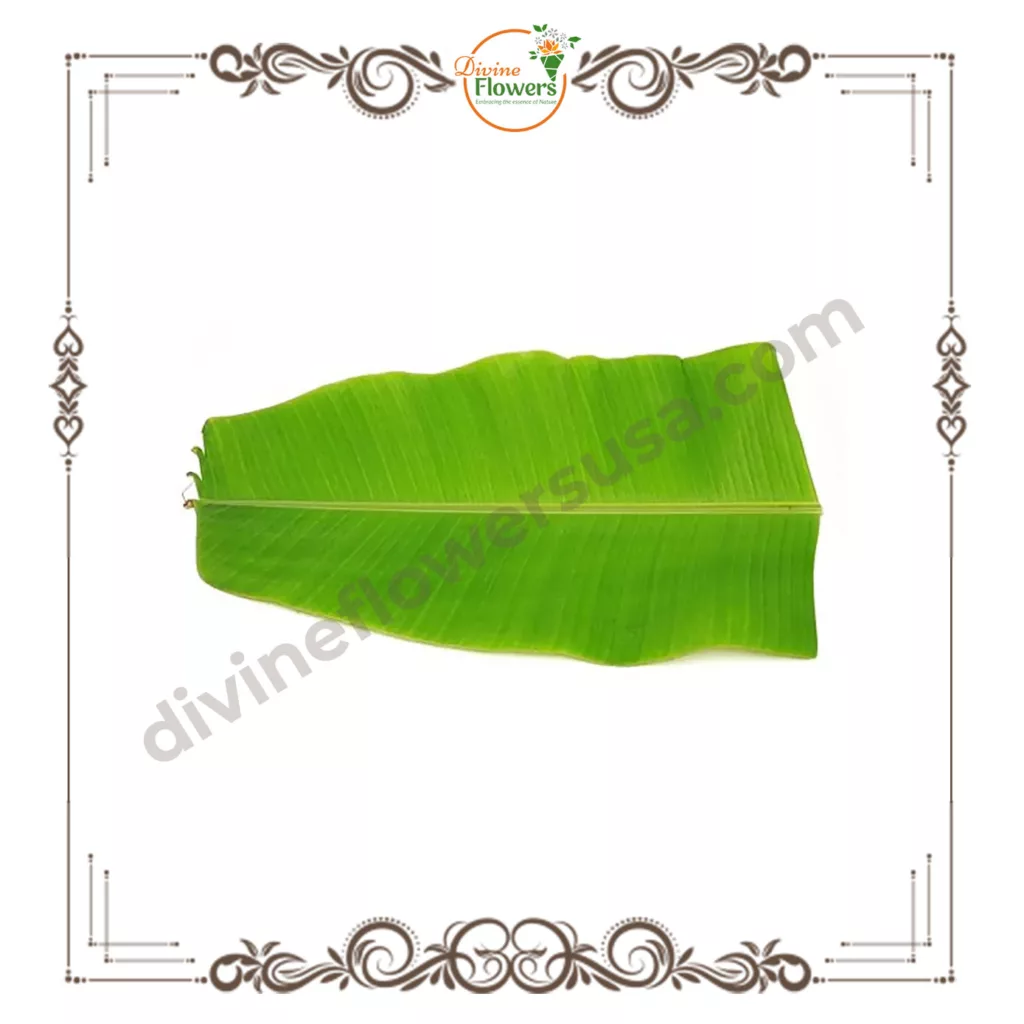
Mango Leaves:
Mango leaves, with their lush green color and vibrant veins, represent prosperity, growth, and new beginnings. They are used to decorate entrances, kavadis, and ceremonial spaces, welcoming auspiciousness and blessings.

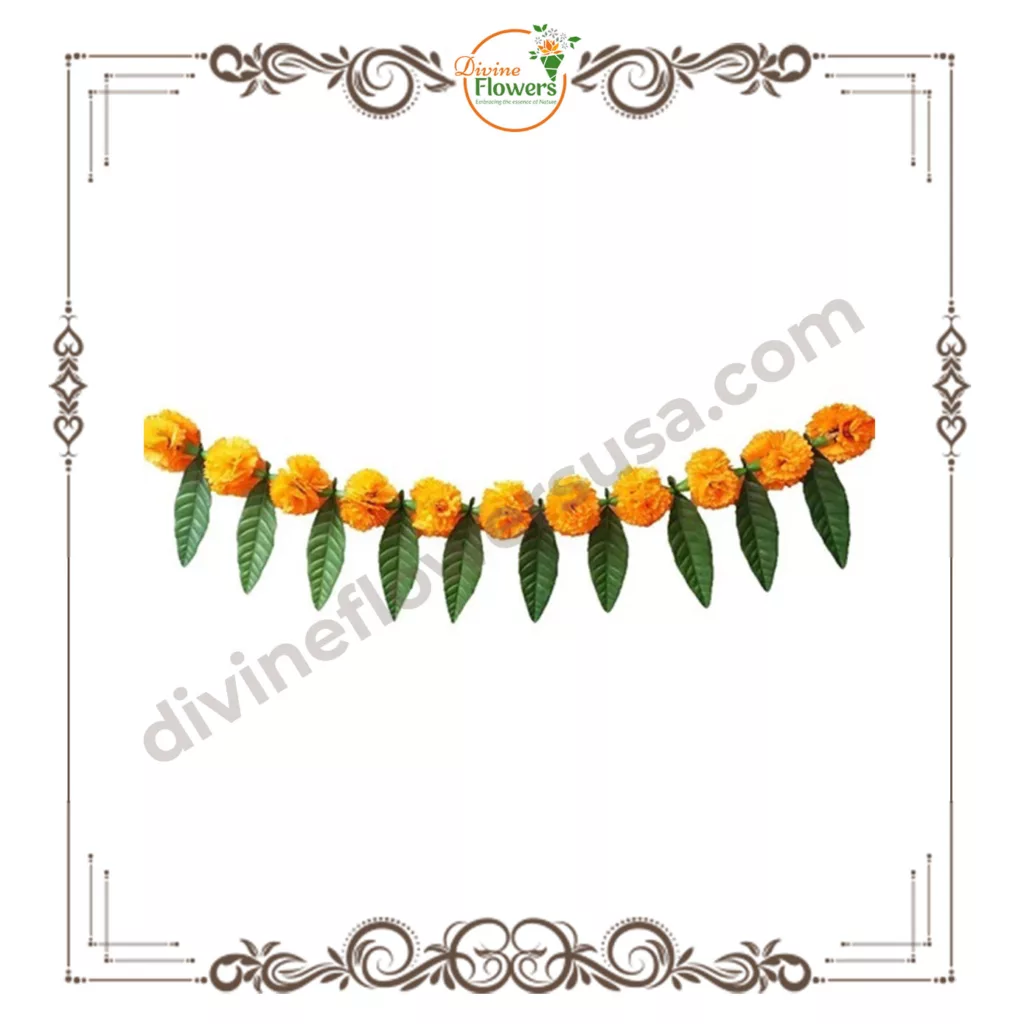
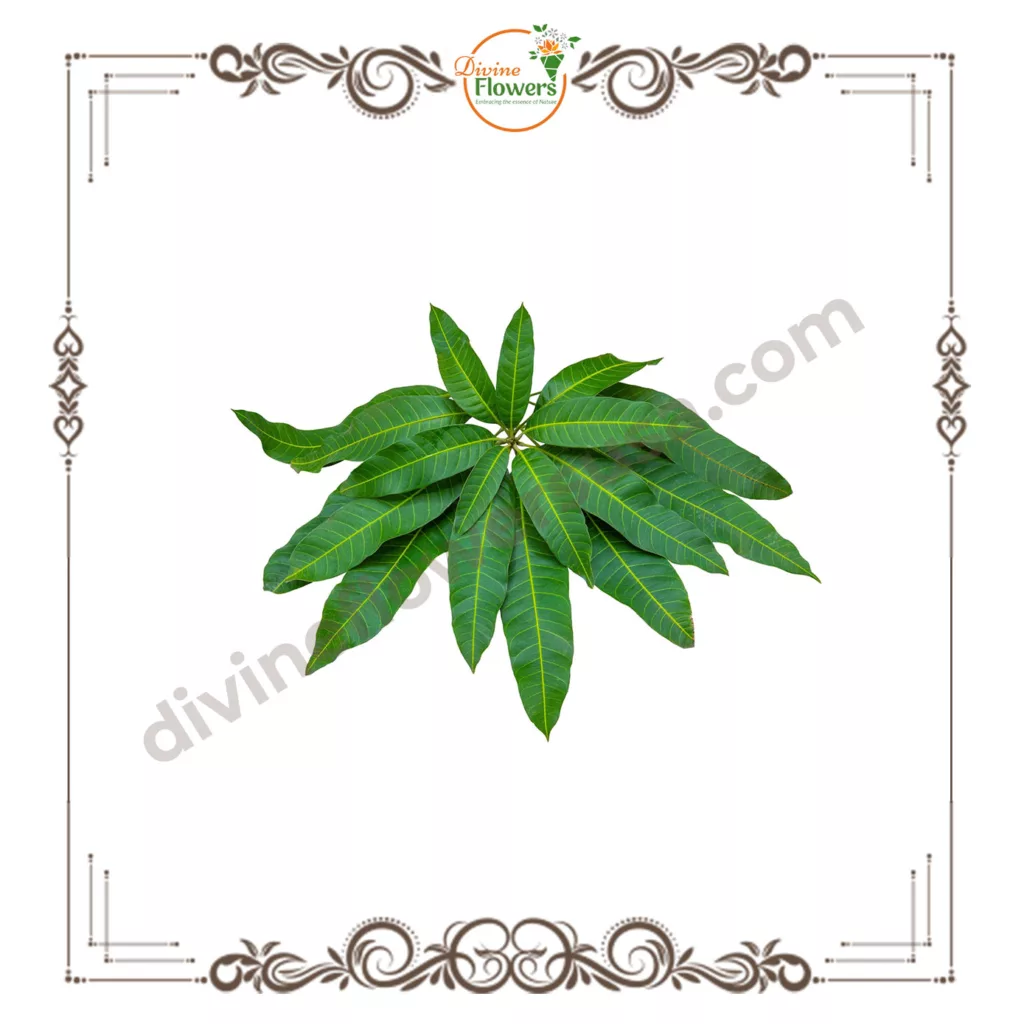
Button Roses:
The vibrant hues of button roses, from fiery red to blushing pink, add a touch of cheer and festivity to Thaipoosam decorations. They symbolize love, devotion, and joy, reflecting the celebratory spirit of the festival.
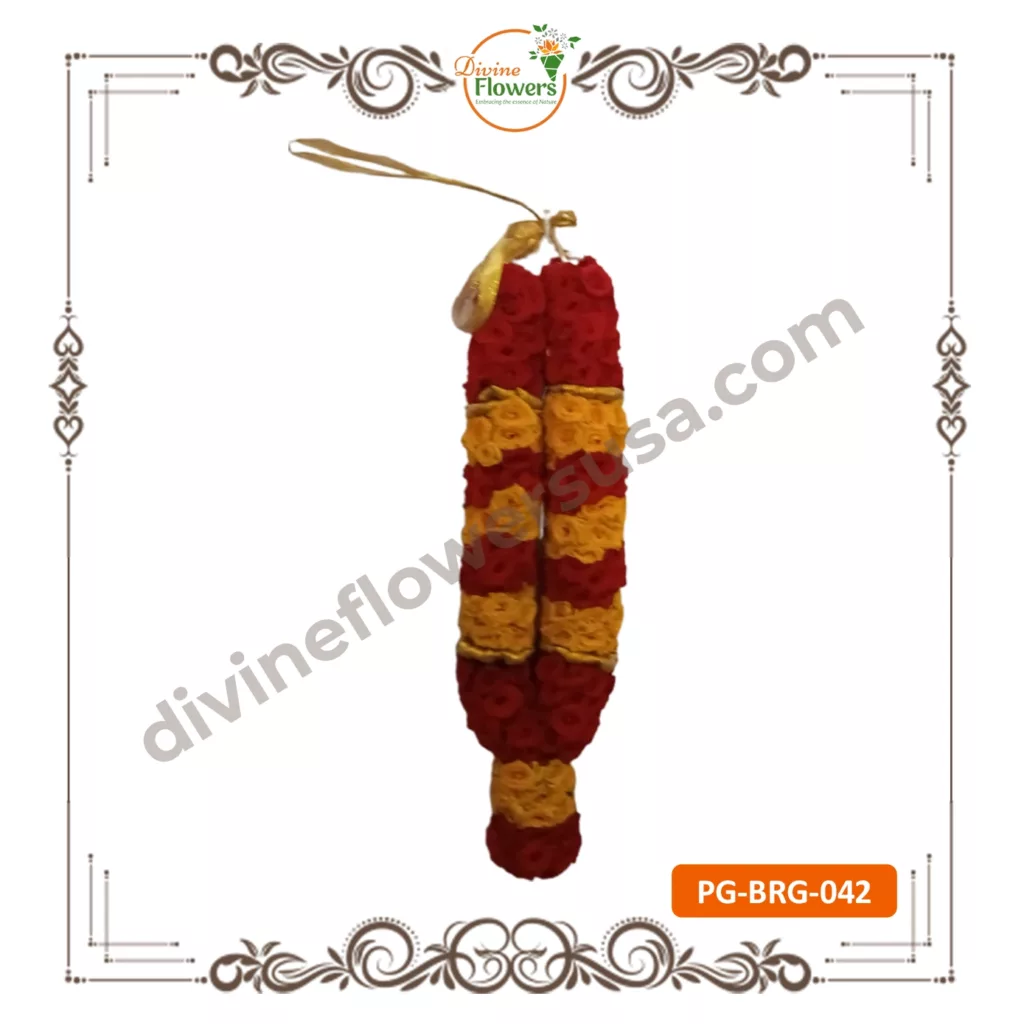
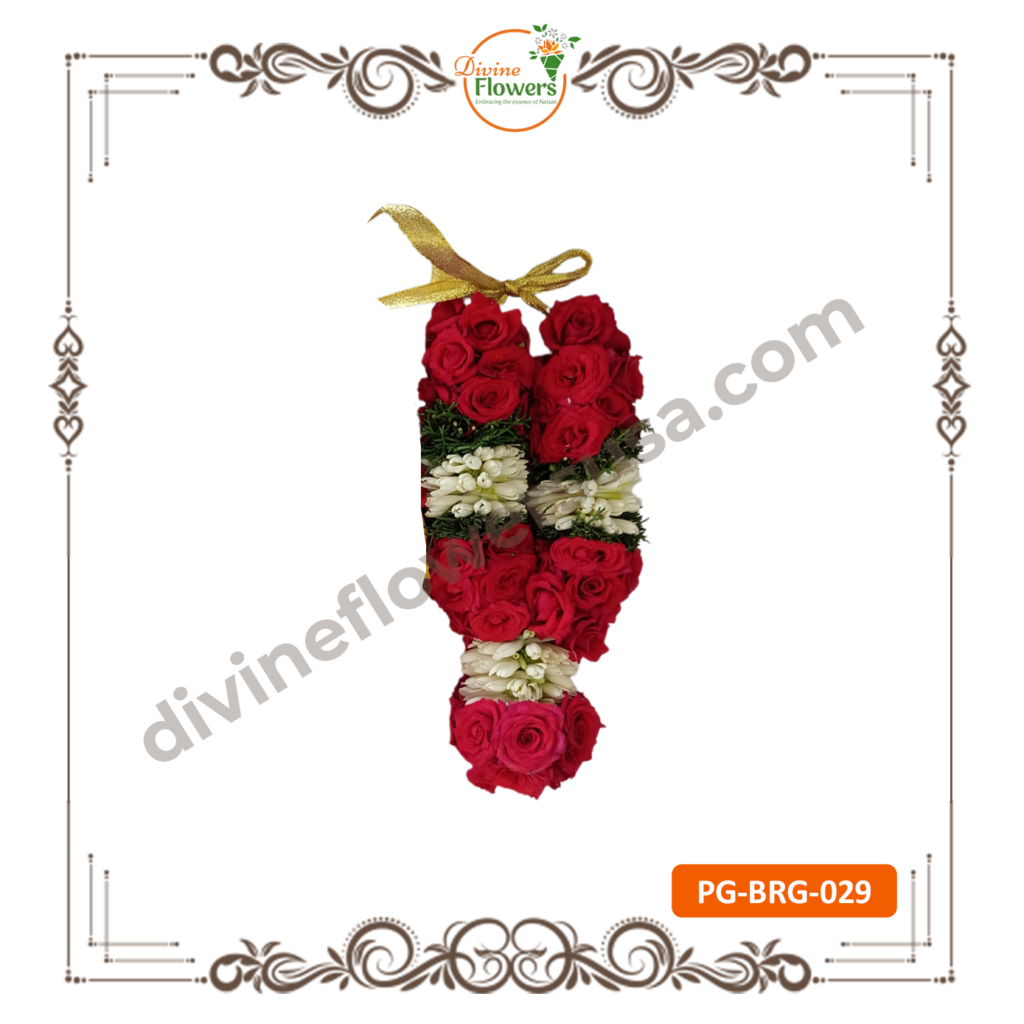
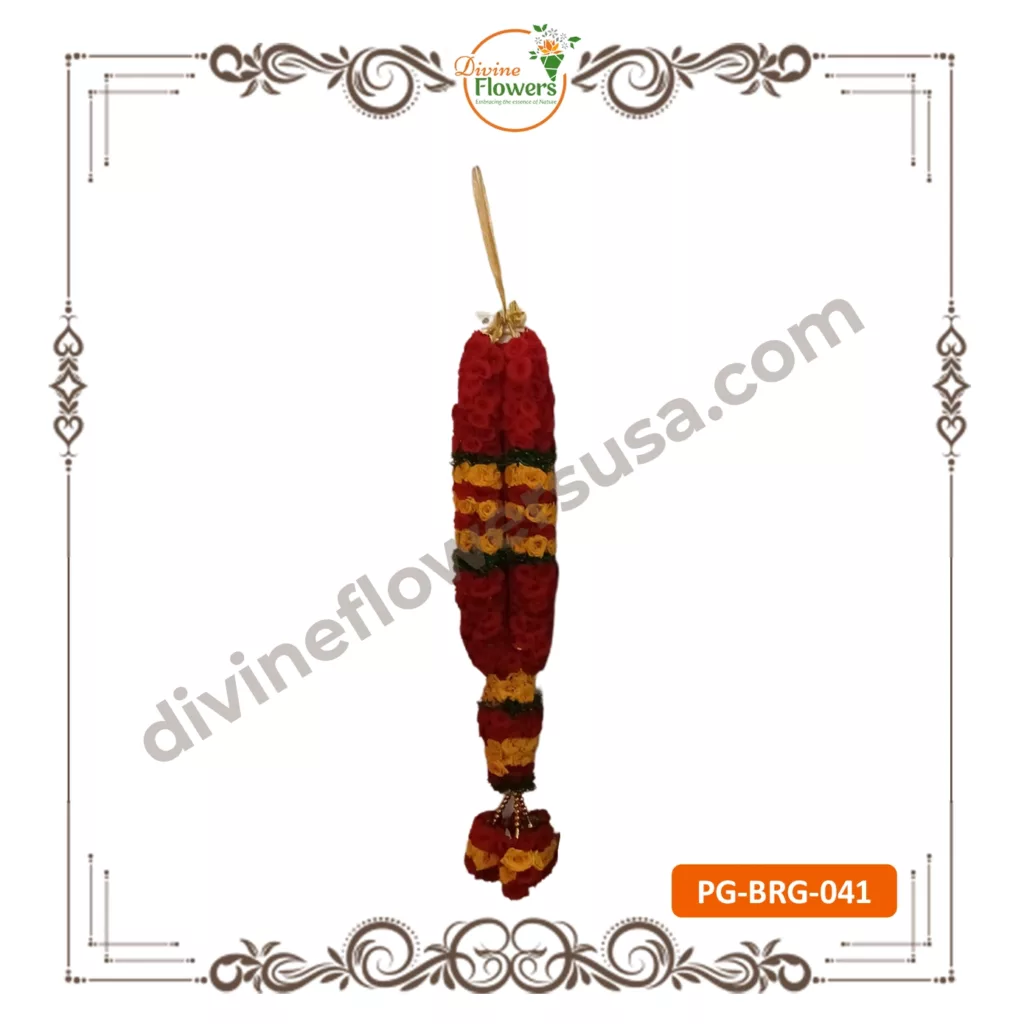
Lily / Tube Roses:
The elegant form and sweet fragrance of lilies and tube roses evoke a sense of purity, devotion, and divine grace. They are often used to adorn deities and kavadis, adding a touch of ethereal beauty to the celebrations.
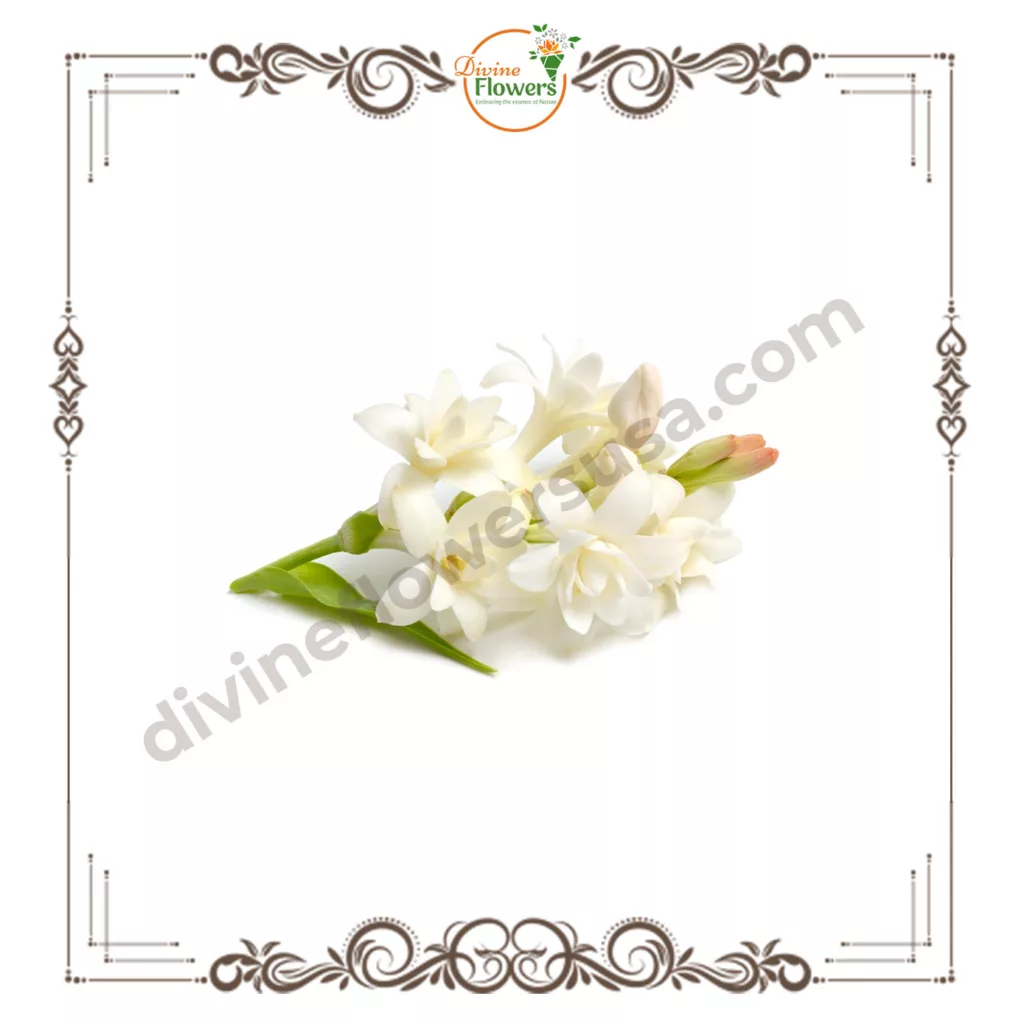
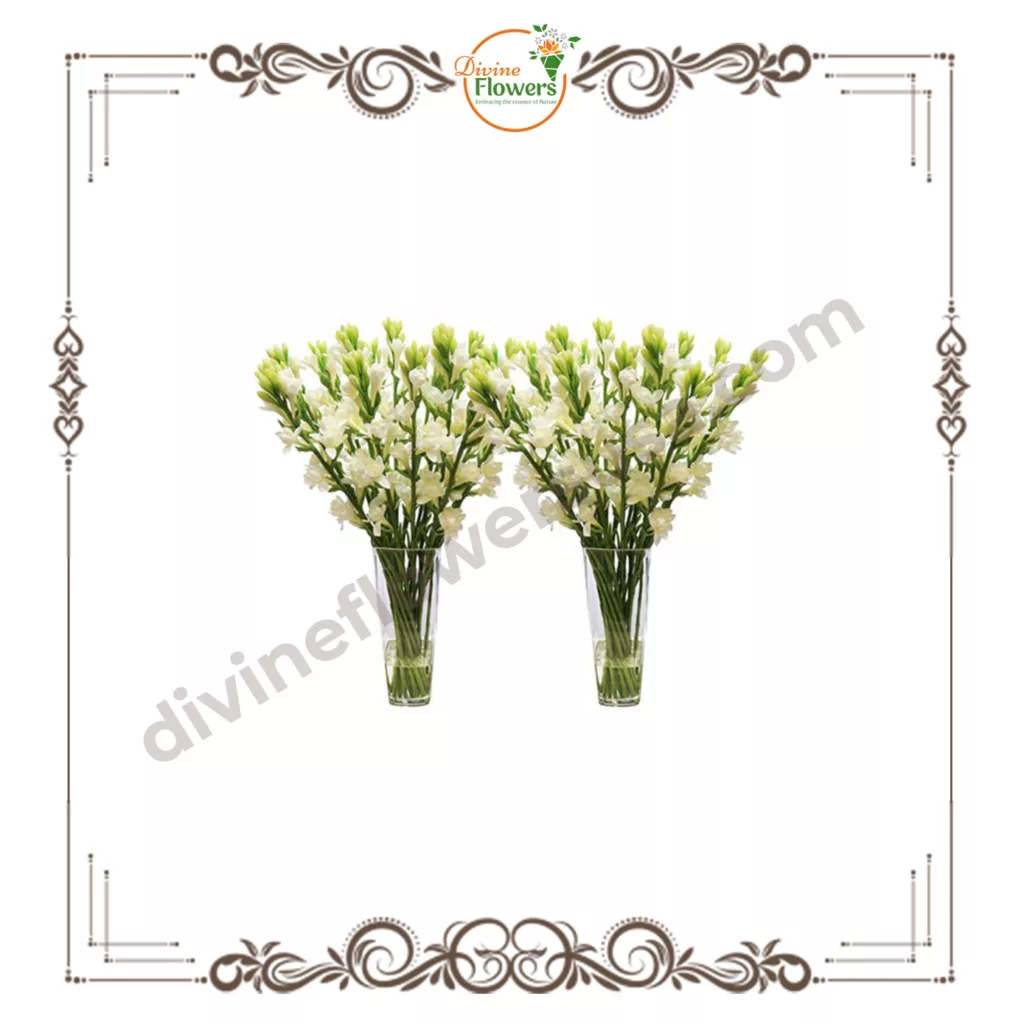
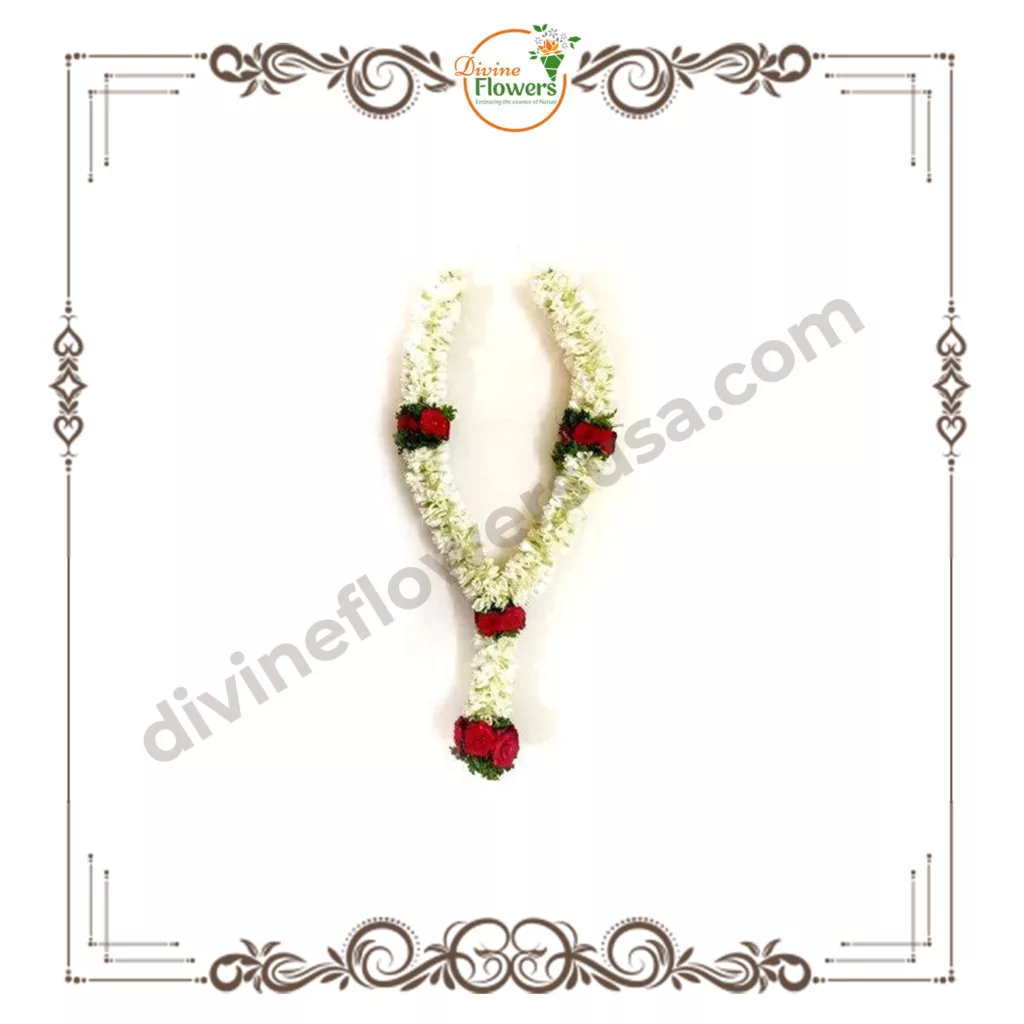
Betel Leaves:
Betel leaves, traditionally used in offerings and pujas, hold cultural and religious significance. They symbolize prosperity, abundance, and well-being. Devotees offer betel leaves to deities and elders as a gesture of respect and blessings.
These flowers, garlands, and leaves are not mere decorations; they weave a tapestry of symbolism, devotion, and cultural heritage. We transport you to a realm of vibrant colors, intoxicating fragrances, and profound spiritual meanings, making Thaipusam a truly unforgettable experience with Divine Flowers
So, as you participate in Thaipoosam this year, take a moment to appreciate the simple yet profound significance of these floral offerings. Let their fragrance guide you inward, connecting you to the essence of this special festival.
May the vibrant tapestry of Thaipusam fill your life with blessings, joy, and eternal fragrance!
